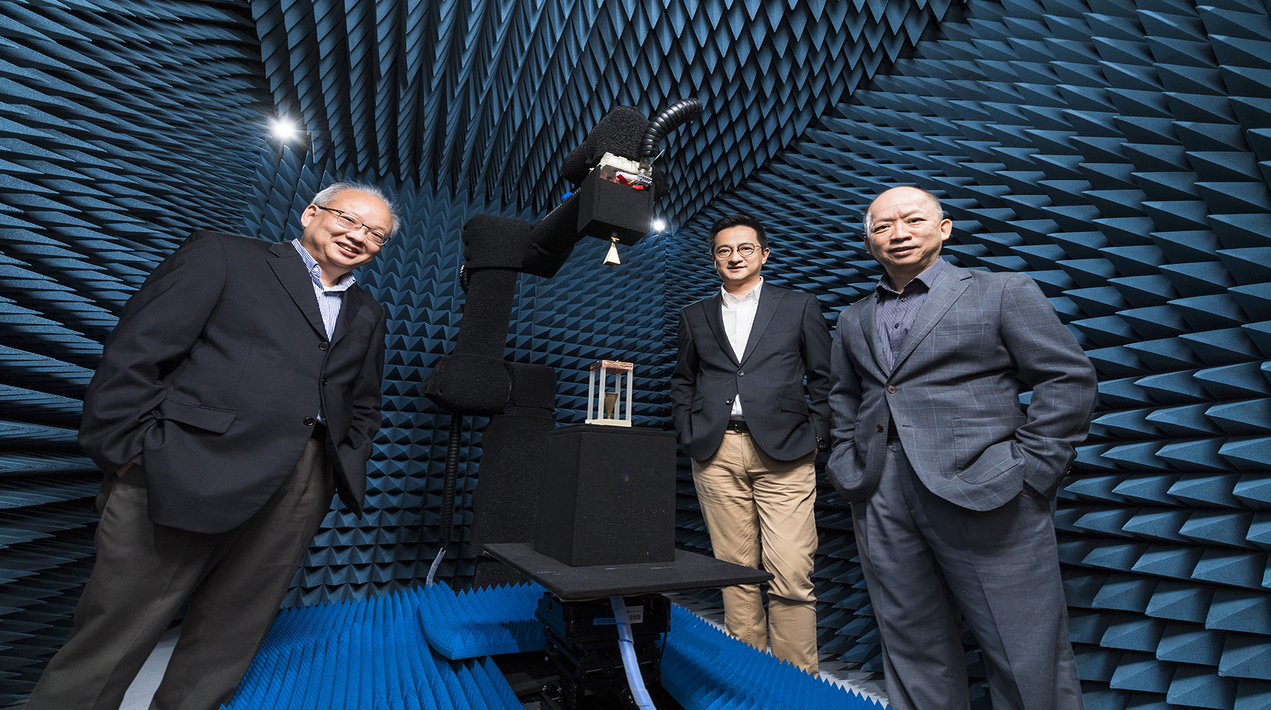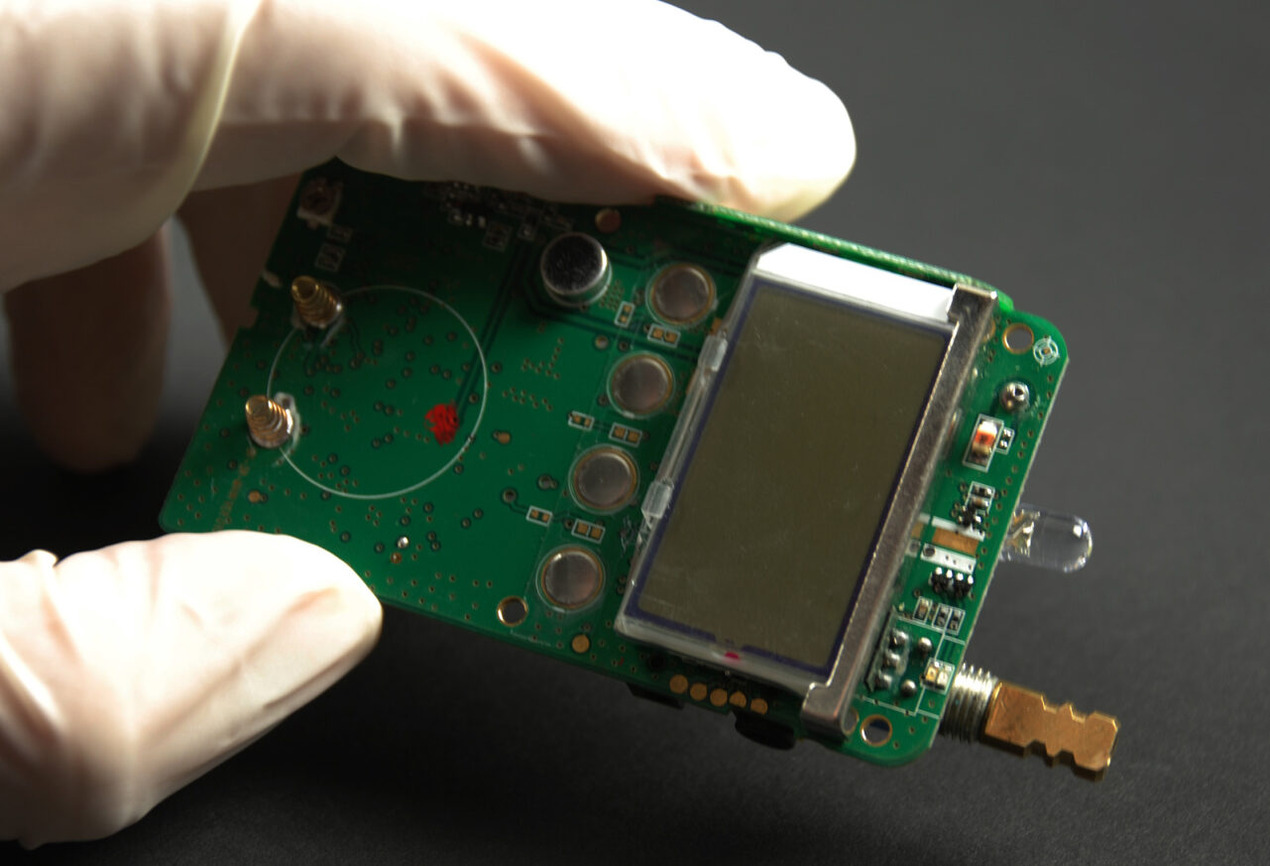
The Greater Bay Area Joint Laboratory of Big Data Imaging and Communications (Joint Lab) has been established by the Department of Electrical Engineering and the State Key Laboratory of Terahertz and Millimeter Waves (SKLTMW) at City University of Hong Kong (CityU).
The joint lab, with its research focus on big data imaging and wireless communications applications, aims to promote a new generation of information technology and contribute to the advancement of Guangdong and Hong Kong as an international innovation and technology hub. It is a collaboration with Shenzhen Academy of Information and Communications Technology (SAICT), Shenzhen University and leading corporations on the mainland.
It has received total funding worth RMB21 million, including RMB5 million from the Designated Strategic Fund for Innovative Technology approved by the Department of Science and Technology of Guangdong Province and RMB16 million contributions from members of the joint lab.
It is also the first joint communications and information engineering lab among the 20 laboratories approved by the Department of Science and Technology of Guangdong Province since the introduction of the joint lab scheme last year.
CityU’s research team will focus on applications of big data communications technologies in keeping with its reputation as a pioneer in wireless communications technology. Professor Luk Kwai-man, Chair Professor of Electrical Engineering, has been appointed as one of the Co-Directors to oversee operations.
Other CityU scholars involved in the project included Professor Chan Chi-hou, Chair Professor of Electrical Engineering and Director of the SKLMW, and Dr Wong Hang, Associate Professor and Member of the SKLTMW.
While 5G mobile communications technology has been gradually launched all over the world, it still can’t support big data image communications. As the world steps into the post-5G era and will soon embrace 6G, the IoE (Internet of Everything) will become a prevalent trend with users expecting better transmission efficiency and image quality.
The funding and donations for this major collaboration between CityU and its mainland partners will be used to develop new technologies for the rapid transmission of large volumes of data and contribute to advances in the new technology era.
The research team led by Professor Luk and Professor Chan will study the design of antennas using different frequencies in wireless communications, including millimetre waves and terahertz for 5G and 6G communications. They aim to develop antennas with low cost but high capabilities that have faster data transmission rate, better communication quality and higher reliability to meet the needs of various super-high-speed wireless communications technology applications.
It is estimated that the transmission rate of millimetre waves is 10 times that of a microwave, and the rate of terahertz is 10 times that of millimetre waves. It means that transmission of large volumes of data can be done in the blink of an eye.
In addition, Dr Wong’s team will study new materials to be used for components of novel antennas. They will develop technologies to test terahertz components and systems and their performances for 6G wireless communications. The goal is to develop standards for the production of new equipment and components for future communications.
The establishment of the joint lab leverages the strengths and advantages of academic institutions and corporations in Guangdong and Hong Kong and enhances the sharing of scientific data and research facilities. Furthermore, it provides a collaborative platform that facilitates the solicitation of funds for research projects. Through the joint lab, it is hoped that a more significant contribution to global communications by developing a commercial terahertz system that can be used for radar and communications will be made.
Professor Chan said CityU started to study terahertz 10 years ago. “By converging the best people from this field in the joint lab, we hope to contribute to the advancement of digital society and smart city,” he said.
Dr Wong added that applying new materials to antennas may allow us to manipulate the wave speed, which is a prerequisite for the development of 6G. Through the joint lab, it is hoped that future research outcomes can be accepted as official standards for actual applications in the market and enhance the industry’s development, he said.
Led by SAICT, the joint lab has Professor Xiao Li, Director of SAICT, Academician Ding Wenhua from Shenzhen University and Professor Luk serving as Co-Directors. Professor Xiao’s team will focus on the evaluation and testing of related technologies, and Professor Ding’s team will study big data imaging.
















